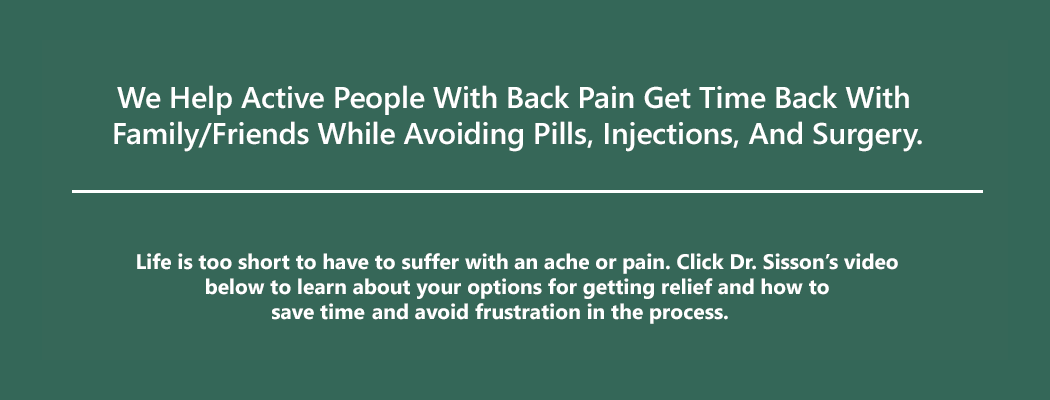Physical therapy in Montross and Colonial Beach for Shoulder
Q: I'm playing the odds here. With a Bankart lesion in both shoulders, I'm trying to rehab with physical therapy and skip the surgery. What's the likelihood that I can recover on my own?
A: A Bankart lesion occurs when a shoulder dislocation has caused a tear in the labrum. The labrum is a tough rim of fibrous cartilage around the shoulder acetabulum (socket). It is designed to help hold the shoulder in the otherwise shallow socket. Loss of the integrity of the labrum increases the risk of shoulder instability.
What do we mean by shoulder instability? Without an intact labrum, you are at increased risk for recurrent shoulder dislocations. It is possible to rehab the shoulder and recover strength and stability needed to maintain its natural position inside the socket. The odds of doing so with both shoulders involved is not something that has been reported on.
In a recent study of military cadets, about 25 per cent who opted for conservative care of one shoulder with a Bankart lesion ended up having surgery after all. That means 75 per cent were able to recover without surgery. It should be noted that they were required to complete the rehab program and continue with the daily physical training that is part of military life.
Your surgeon is the best one to advise you on this. Treatment (conservative or nonoperative care versus surgery) is usually based on your age, the mechanism of injury, and extent of damage. Usually, there's no reason not to try rehab. It will give you a better chance of recovery and certainly benefit you should surgery be required.
Reference: Lieutenant Colonel Brett D.Owens, MD, et al. Pathoanatomy of First-Time, Traumatic, Anterior Glenohumeral Subluxation Events. In The Journal of Bone and Joint Surgery. July 2010. Vol. 92-A. No. 7. Pp. 1605-1611.











